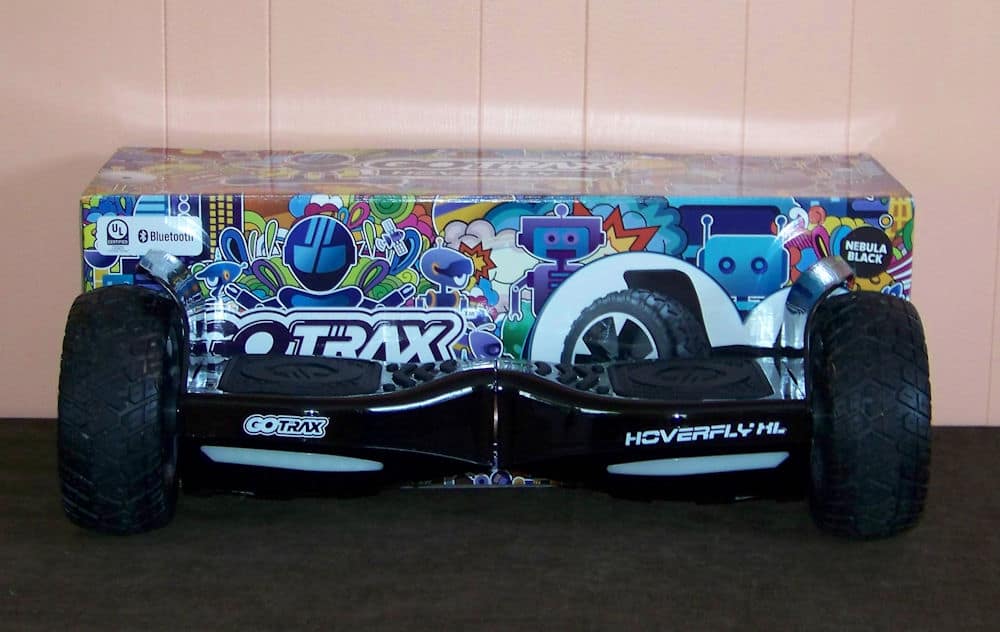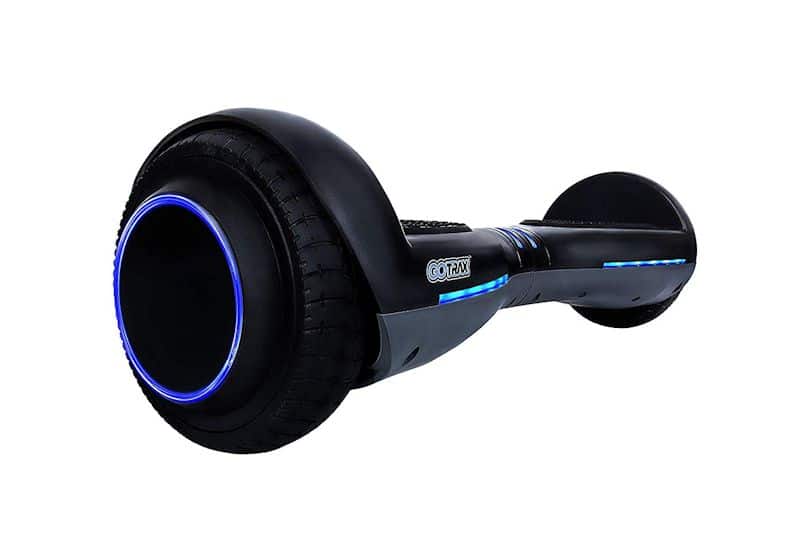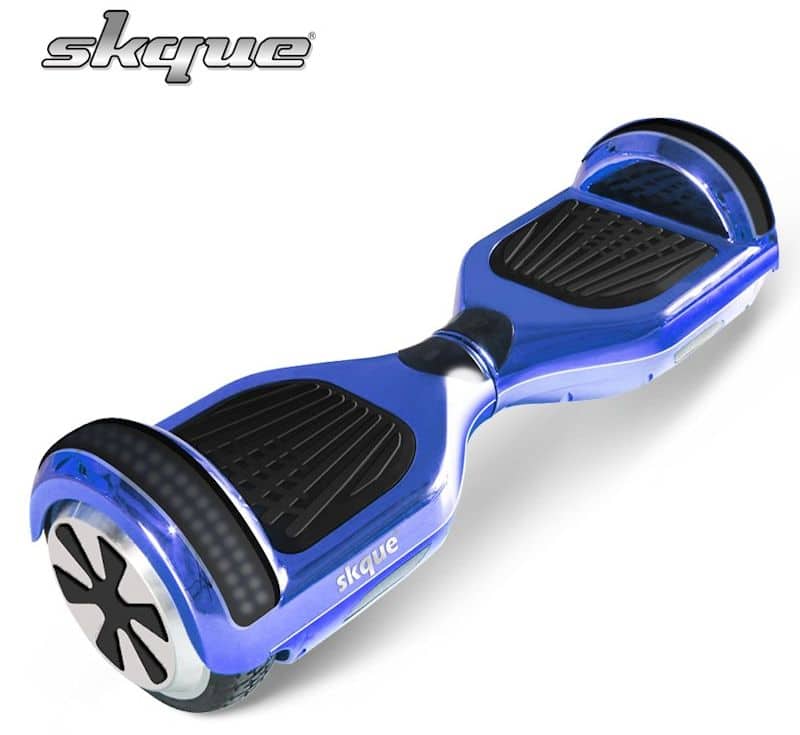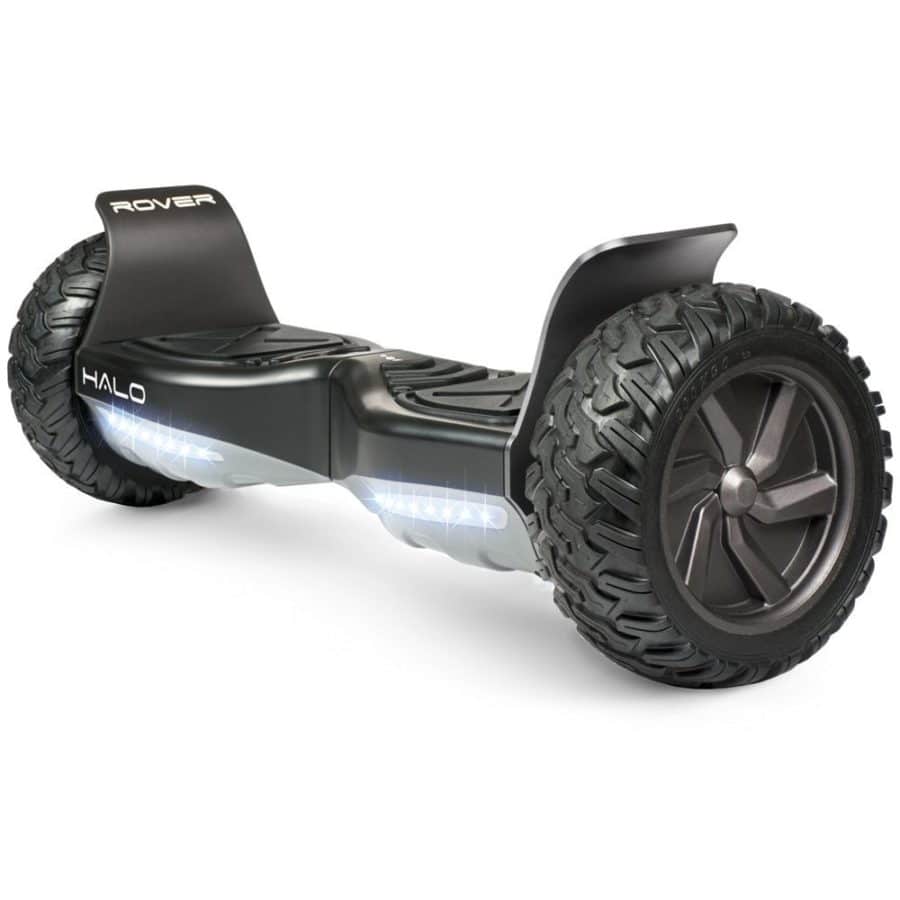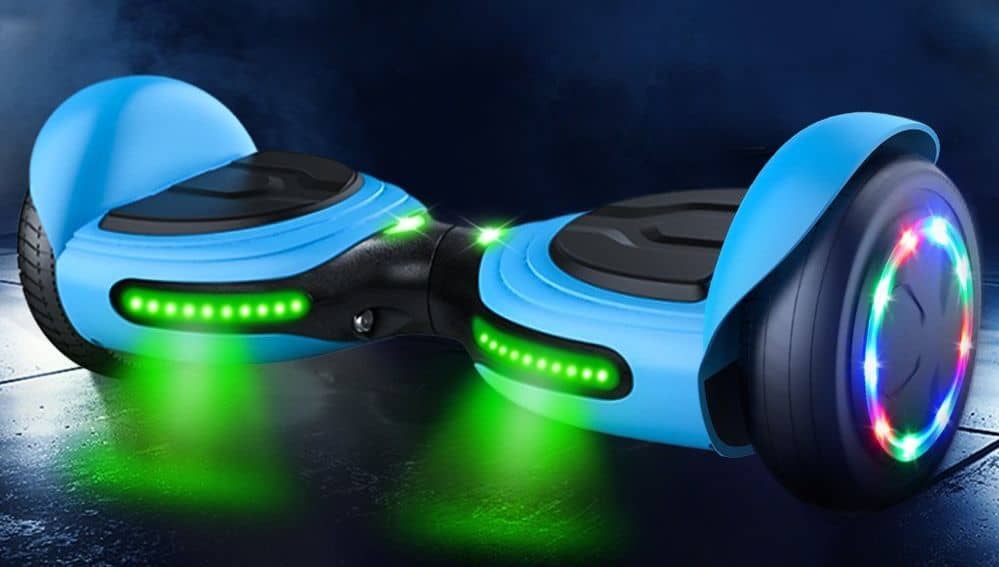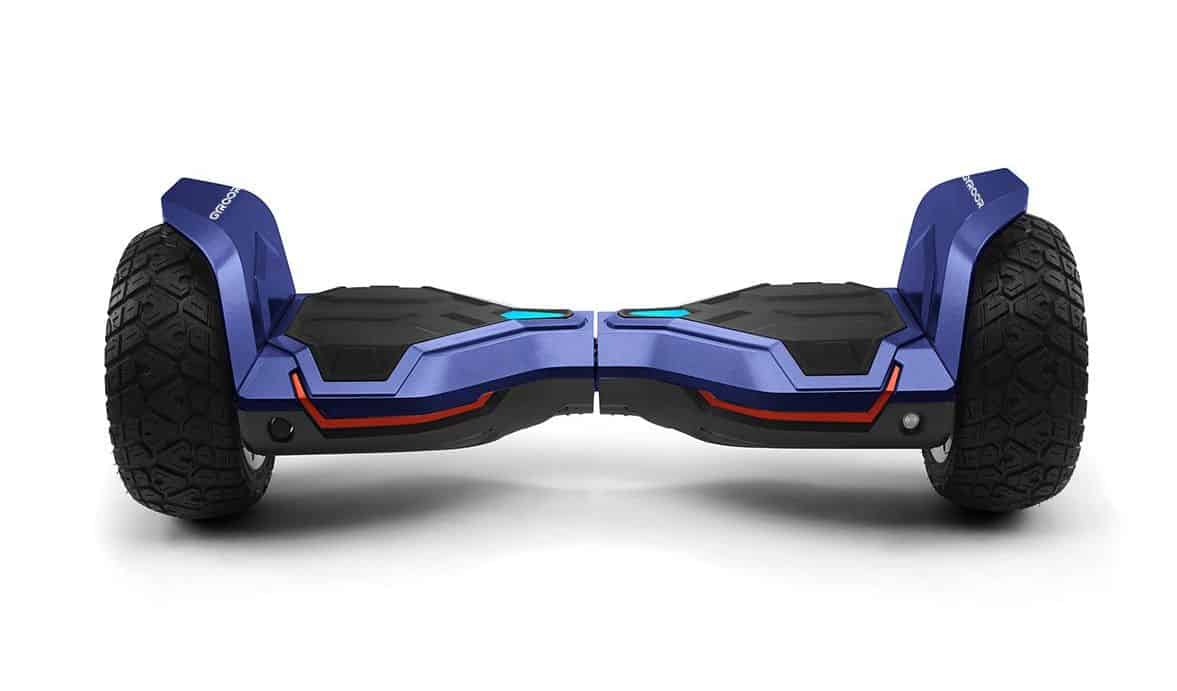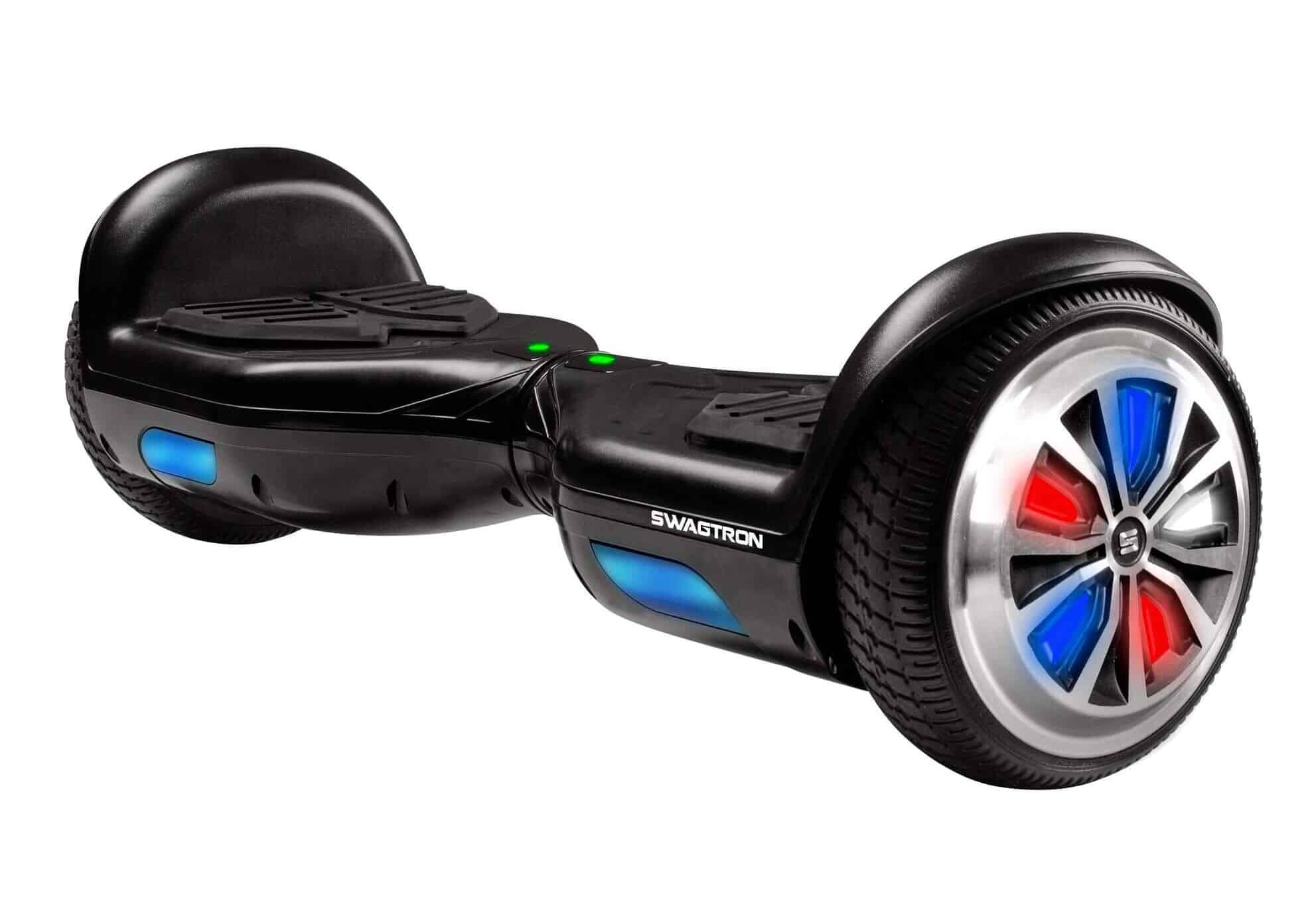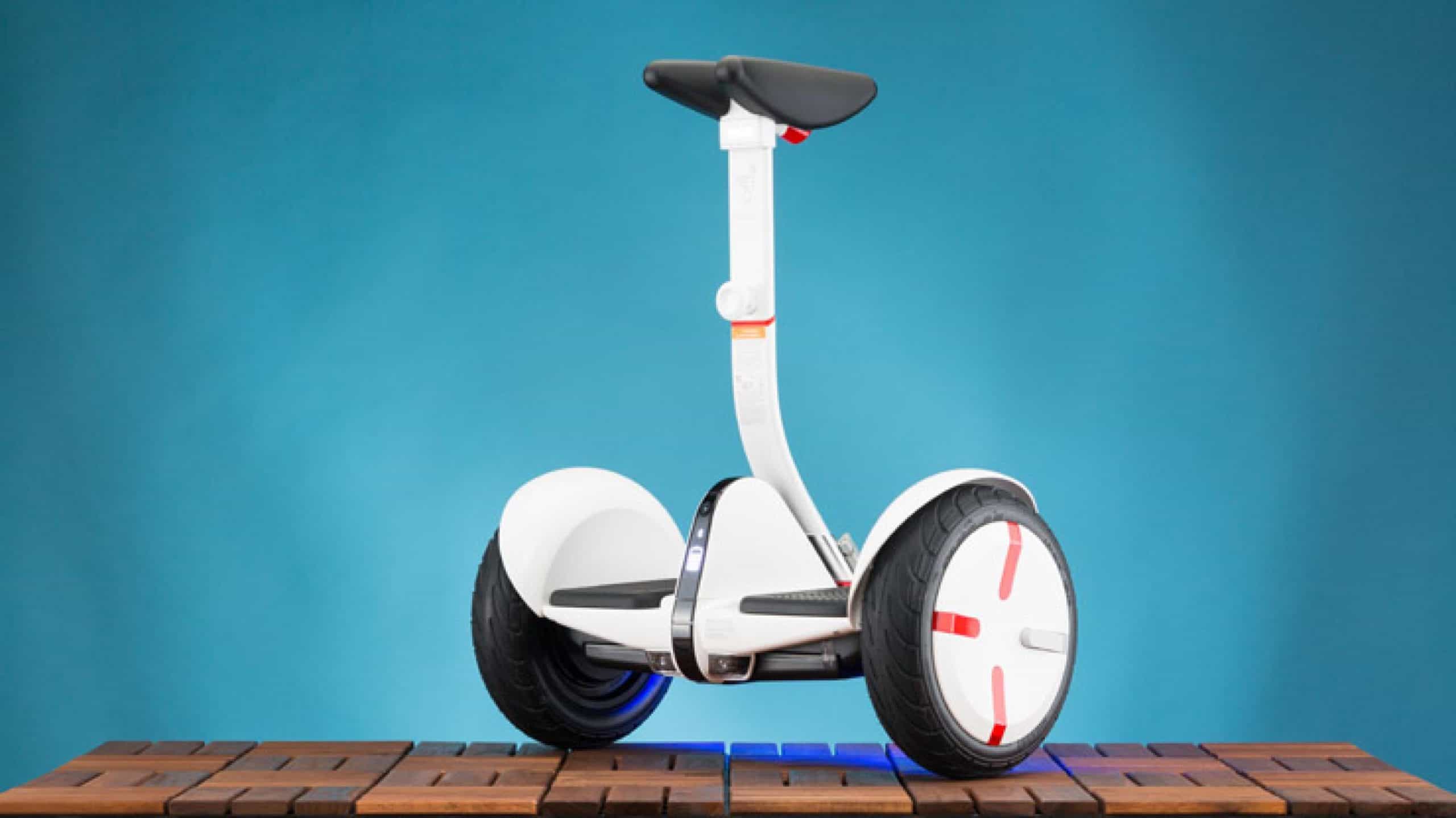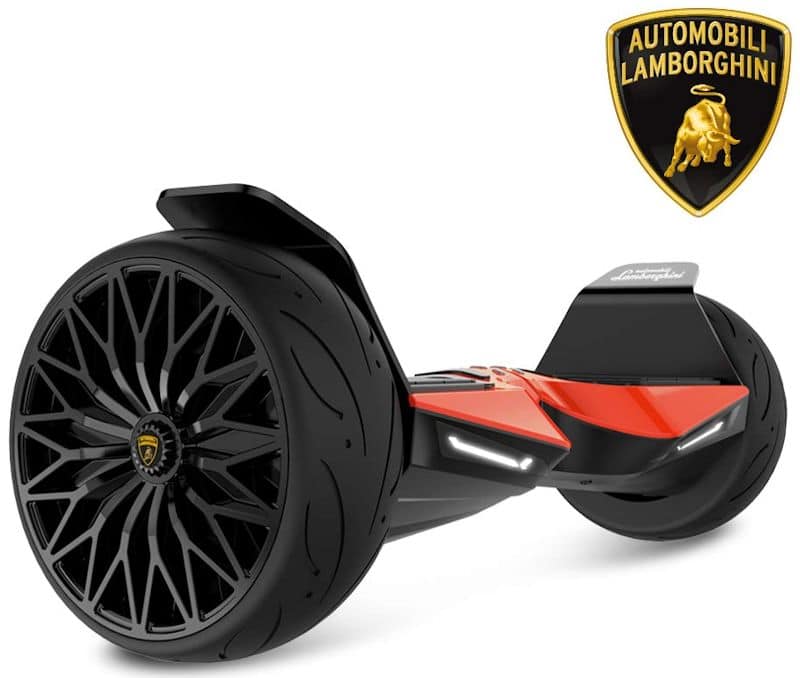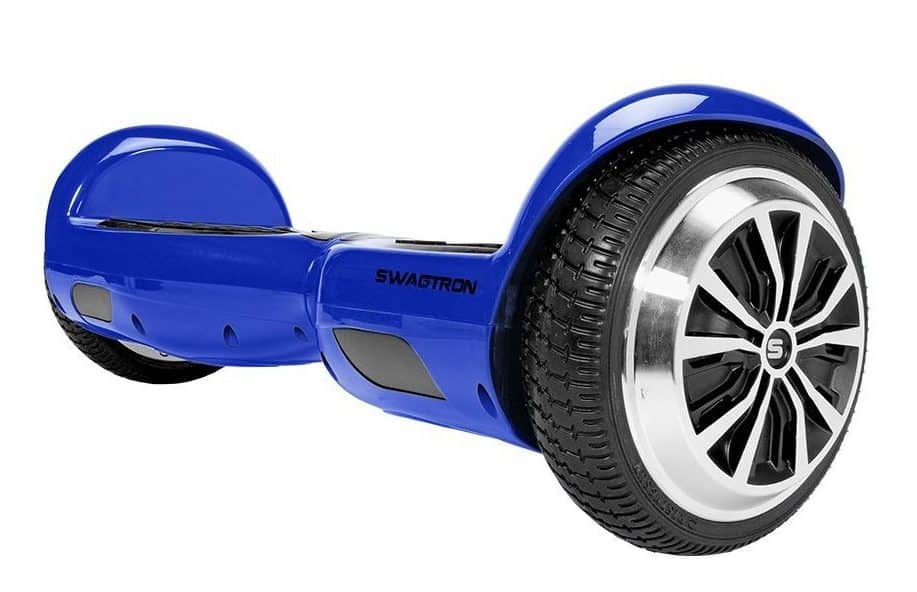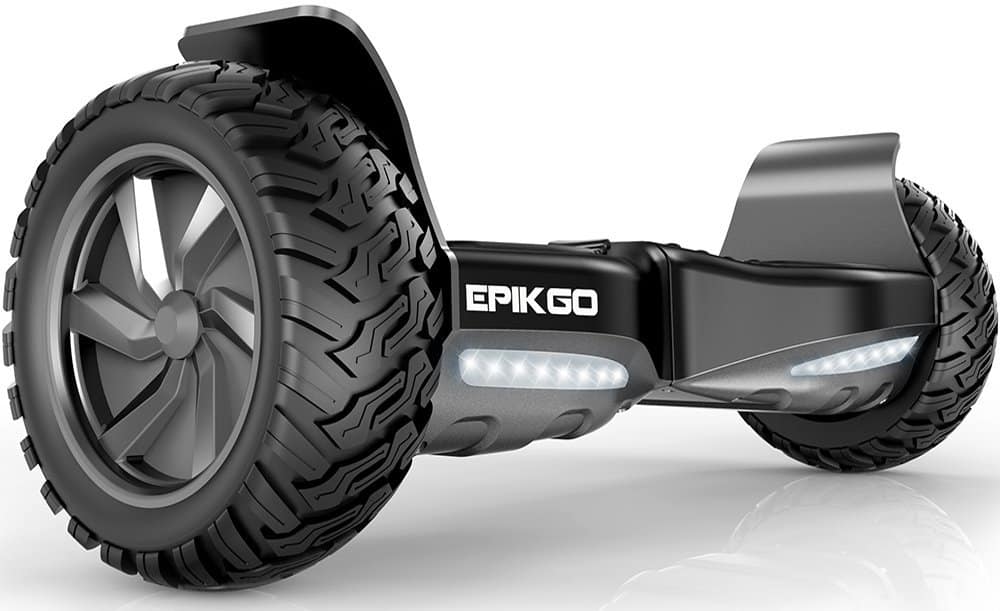Key Takeaways:
- Water hoverboards are a fun and safe way to experience water sports.
- Flyboards can reach up to 16 feet into the air.
- You can do tricks with water hoverboards, but they require a lot of practice first.
Have you ever been on vacation in a tropical location or at a lake and seen someone soaring above the water strapped on a futuristic hoverboard with water jets blasting underneath them? If so, you’ve witnessed a part of the rise of a new form of personal water transport: the water hoverboard. Keep reading to learn more about the best hoverboards and how these fun and unique toys work.
Everything You Need to Know About Water Hoverboards
If you’ve ever been interested in trying out a water hoverboard, then you’ve come to the right place. While their overall operation may seem simple, there’s much more that goes into using a water hoverboard than you may think.
What is a Water Hoverboard?
A water hoverboard is just what it sounds like. These fun toys are essentially wakeboards with two water jets attached to the bottom that propels the rider into the air. They can reach as high as 16 feet and give you speeds up to 16 miles per hour.
- Related Post: What is a Hoverboard?
Water Hoverboard vs. Flyboard
You may have heard water hoverboards called flyboards, or vice versa. These terms can be used interchangeably and most people will know what you’re talking about. However, for most people familiar with the sport, a flyboard is considered the “standard” version, where your feet are strapped in and the water jets are on the bottom of the board, pointed down. A hoverboard is more akin to a snowboard or surfboard experience, where your feet aren’t strapped in and the water jets propel from the back of the board. The two versions provide different experiences and allow for different techniques and tricks.
Tip: These terms can be used interchangeably and most people will know what you’re talking about
Warning: The two versions provide different experiences and allow for different techniques and tricks
How It All Works
Now that you have a good idea of what a water hoverboard and flyboard are, it’s time to learn how they work. Again, while it all may seem easy on a surface level, there’s a lot going on behind the scenes. They certainly operate differently than their land-bound hoverboard counterparts.
- Related Post: How to Buy a Hoverboard
- Related Post: Benefits of Self-Balancing Scooters
Equipment Needed
First of all, it’s helpful to understand what kind of equipment is needed to make a water hoverboard work. If you’ve ever watched someone ride on a flyboard, you’ve seen them wearing all the classic water safety equipment, including a helmet and life jacket. These are important for rider safety and often required for a rider to wear.
If you’ve watched a careful eye, you’ve also probably noticed that every flyboard rider is accompanied by someone on a jet ski (also called a personal watercraft, or PWC). You have also probably noticed a tube coming from the bottom of the board. The combination of jet ski and tube is what provides power to the flyboard.
Power
As mentioned in the previous sections, a flyboard can fly into the air thanks to the water jets found on the bottom of the board. These water jets are powered by the accompanying jet ski. The tube on the bottom of the board connects to the jet ski’s water turbine. When the jet ski operator increases the throttle on the jet ski, the water hoverboard receives more power. In most cases, the hoverboard rider cannot control the power, but there are some kits that allow for rider control.
- Related Post: Are Flying Hoverboards Real?
Control
When it comes to controlling the direction of the flyboard, the rider is in complete control. You’ll use your feet and overall balance to control the direction in which the board moves. If you point your toes up, it will angle the board so the water jets are pointing forward, which will move you backward. Similarly, you can point your toes down to move forward. This can take a lot of practice, so be aware that you won’t be perfect from the start.
Tip: You’ll use your feet and overall balance to control the direction in which the board moves
Warning: This can take a lot of practice, so be aware that you won’t be perfect from the start
Safety
In general, water hoverboards are very safe, but only as long as you follow the directions and safety rules of the instructor. Your helmet and life jacket protect you from most water-related injuries, and the jet ski operator keeps a safe distance from you during operation.
Warning: but only as long as you follow the directions and safety rules of the instructor
STAT:
13.6% of United States citizens participate in water sports every year. (Source: https://www.statista.com/statistics/988079/water-sports-participants-us/)
Sources:
https://en.wikipedia.org/wiki/Flyboard
*https://www.youtube.com/watch?v=gMaDhkNJA2g
https://www.rms.nsw.gov.au/maritime/safety-rules/emerging-technologies/flyboard.html
https://physicstoday.scitation.org/doi/10.1063/PT.3.1865
https://www.topendsports.com/sport/list/flyboarding.htm
https://www.theverge.com/2015/6/26/8850777/hoverboard-water-flyboard-worlds-tallest-waterslide-top-shelf

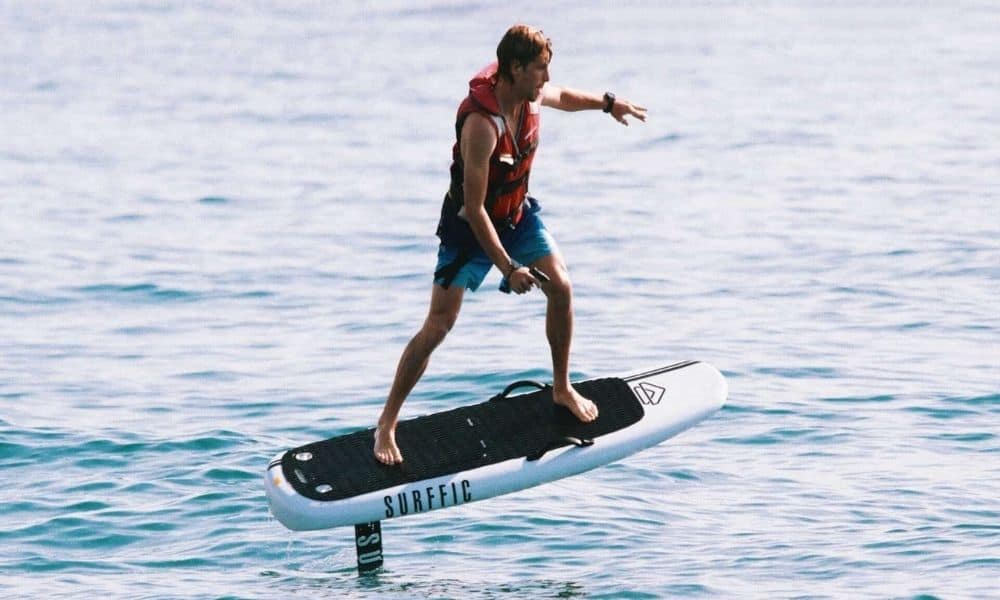














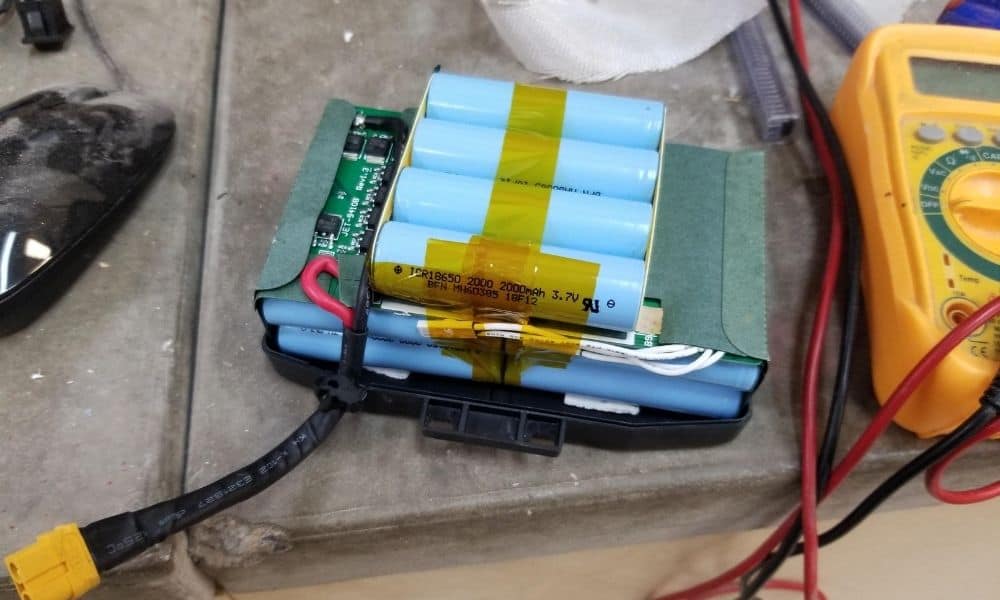
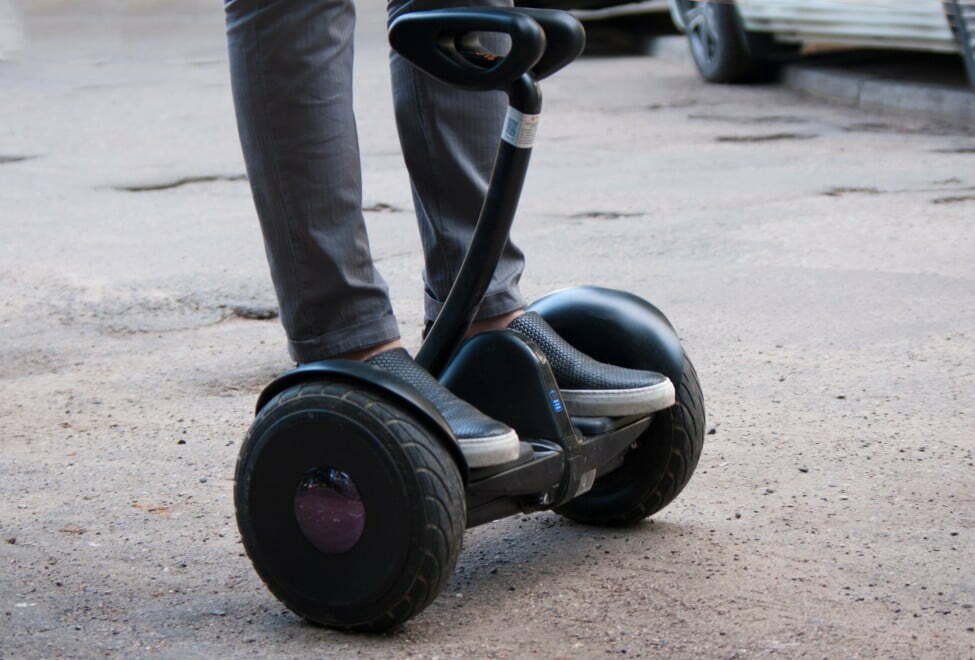

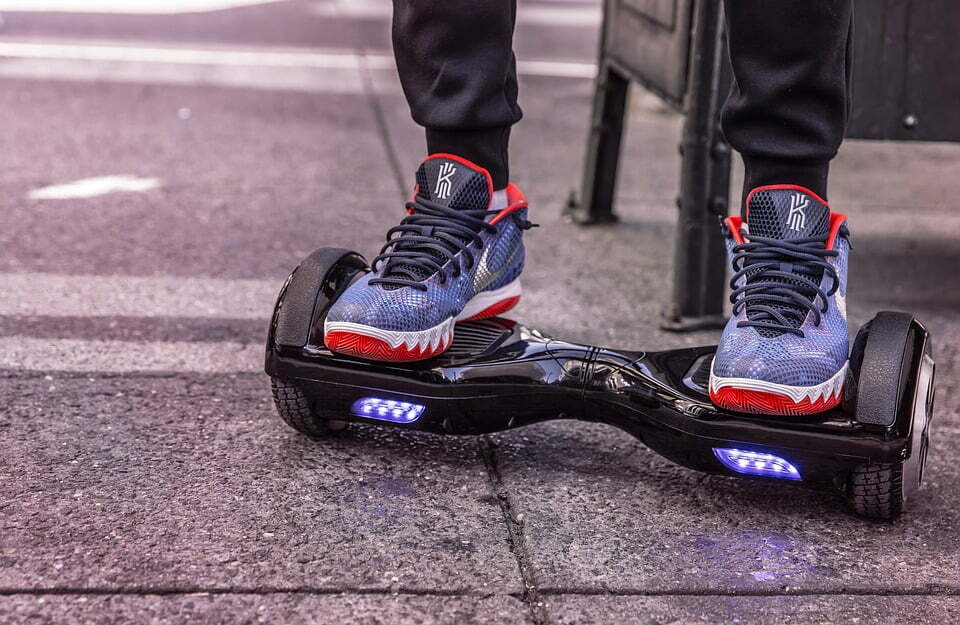
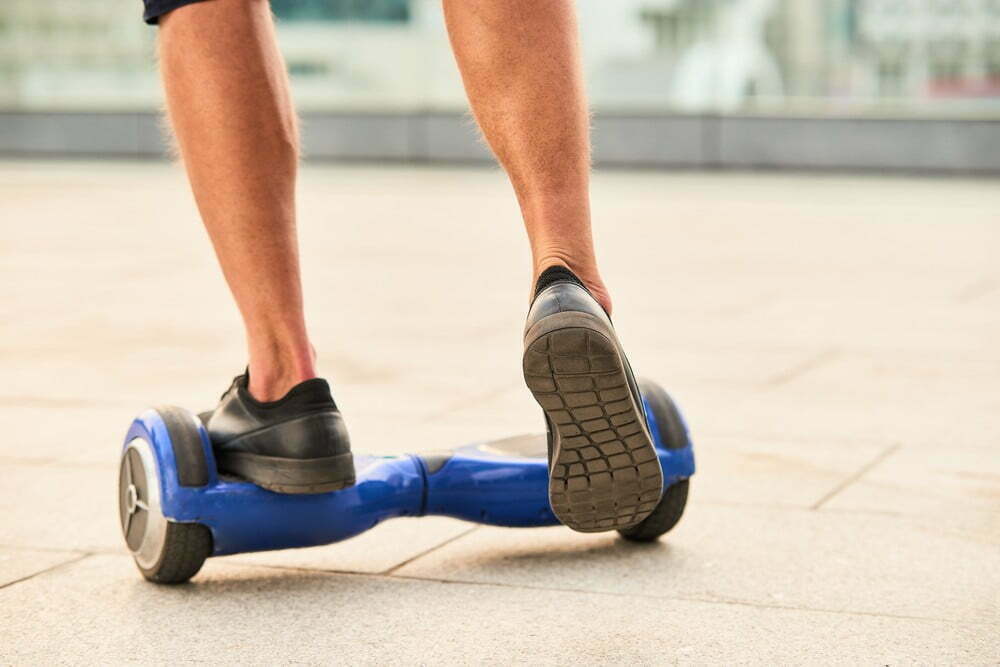
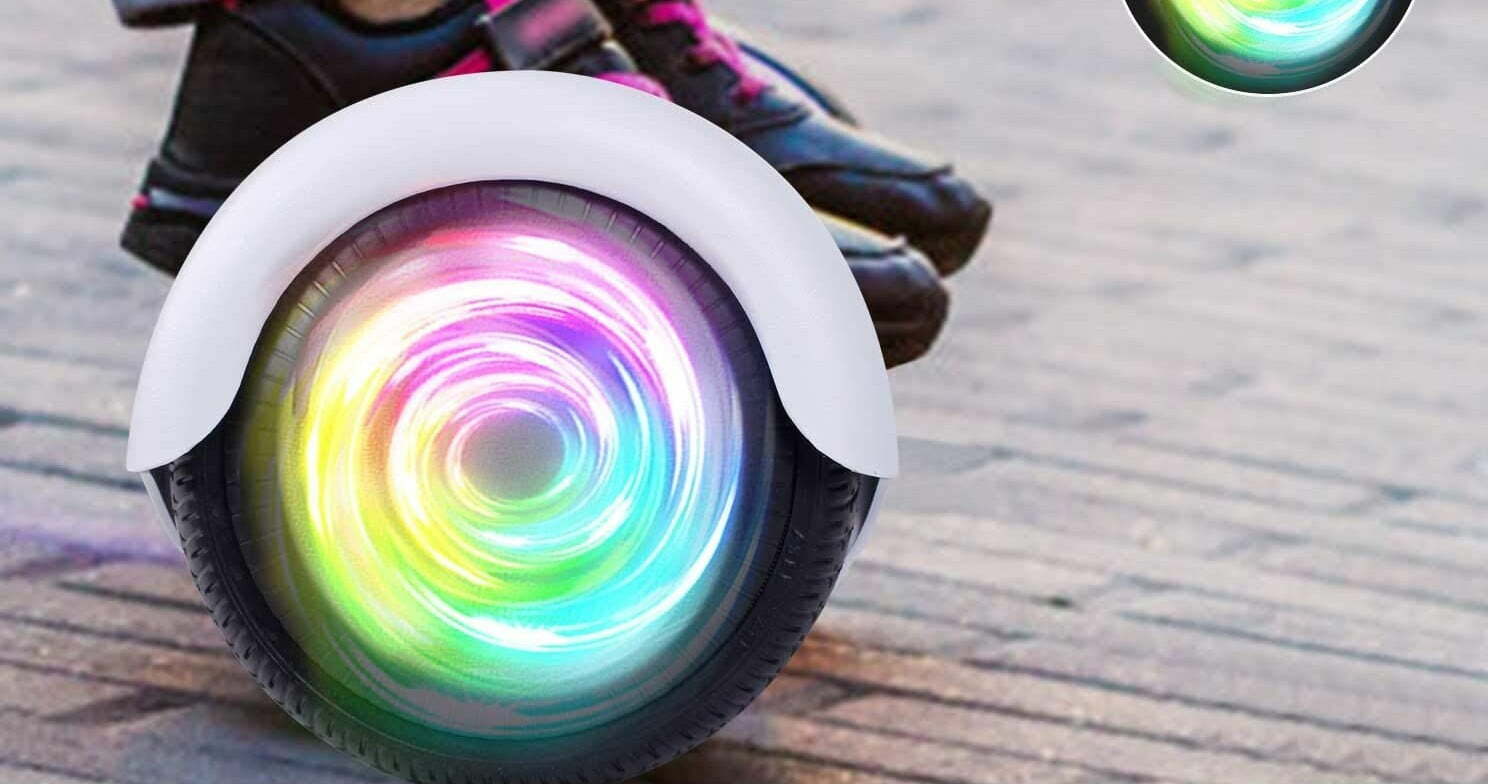
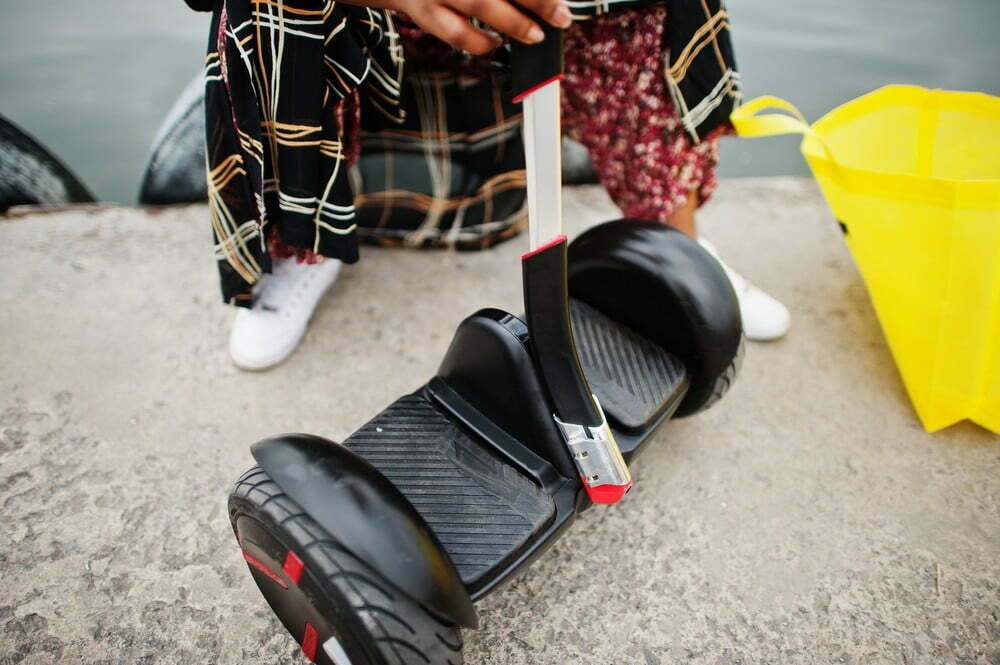
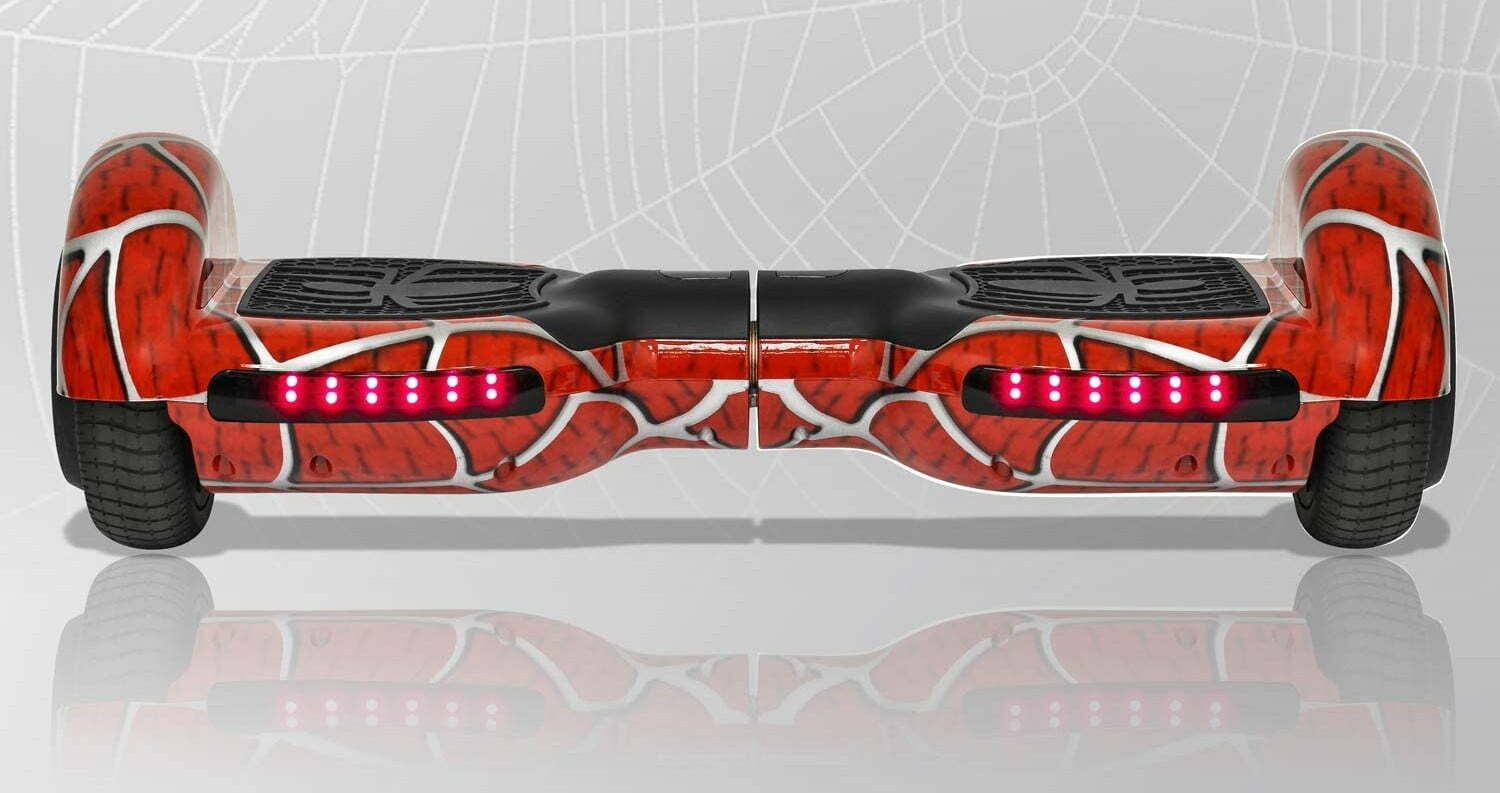

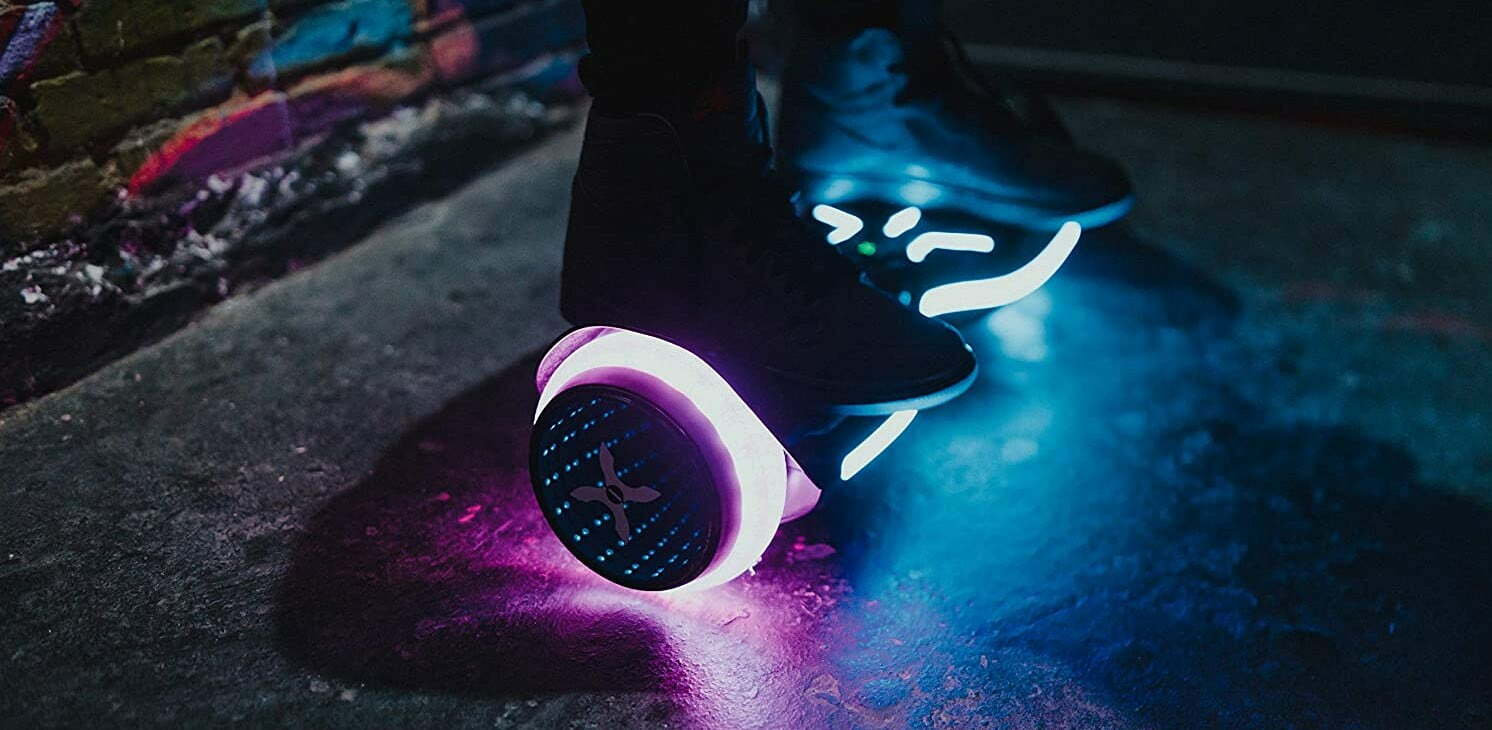

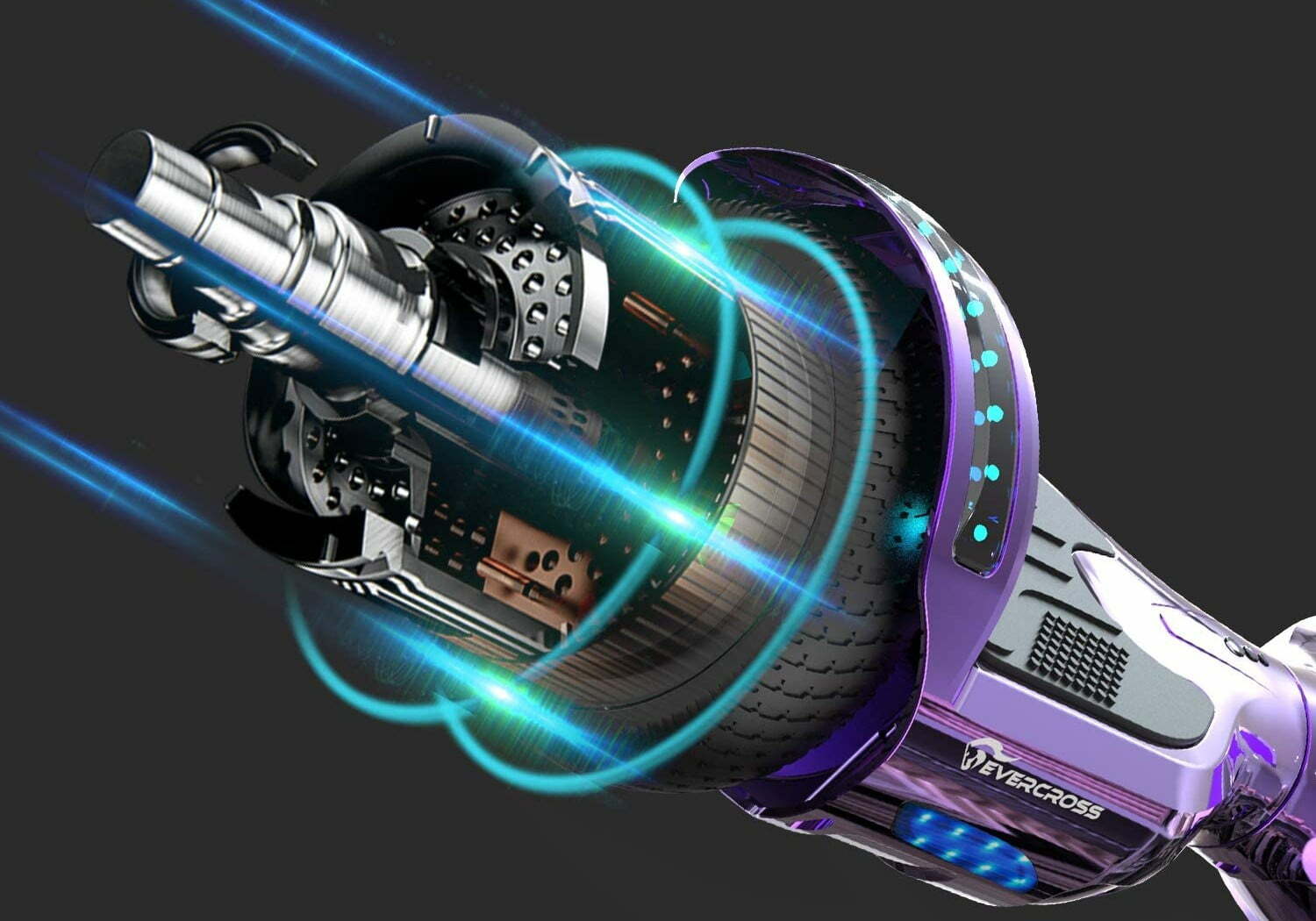

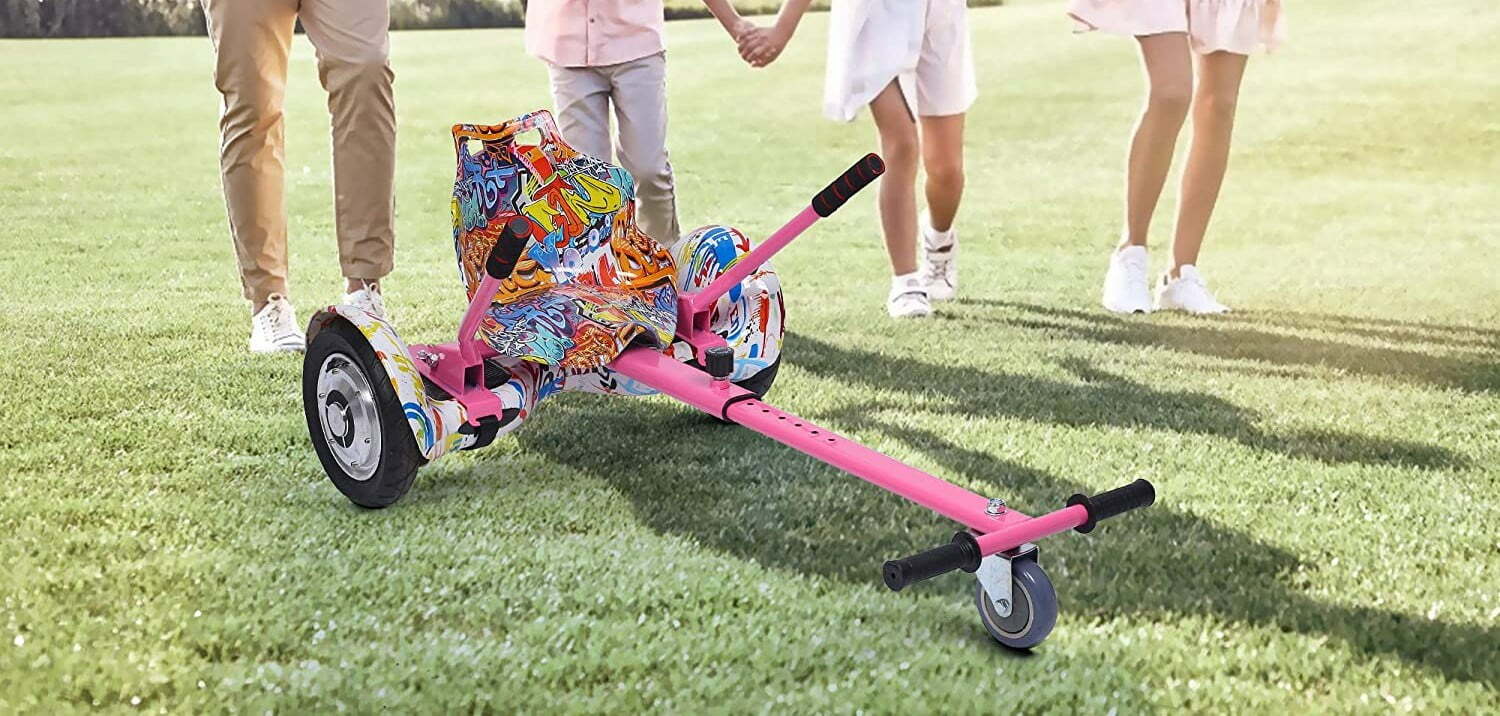
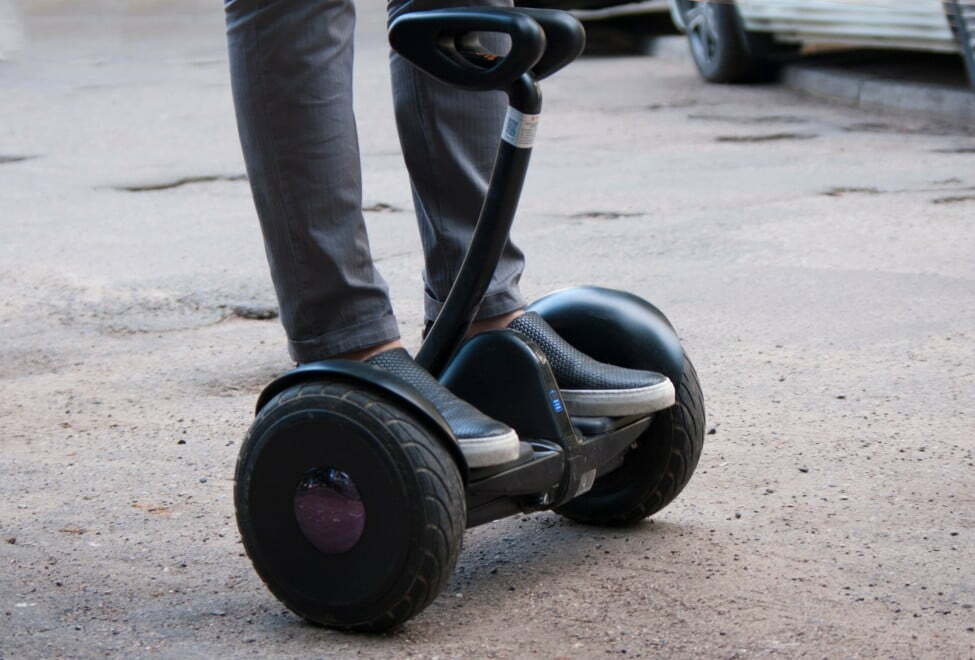

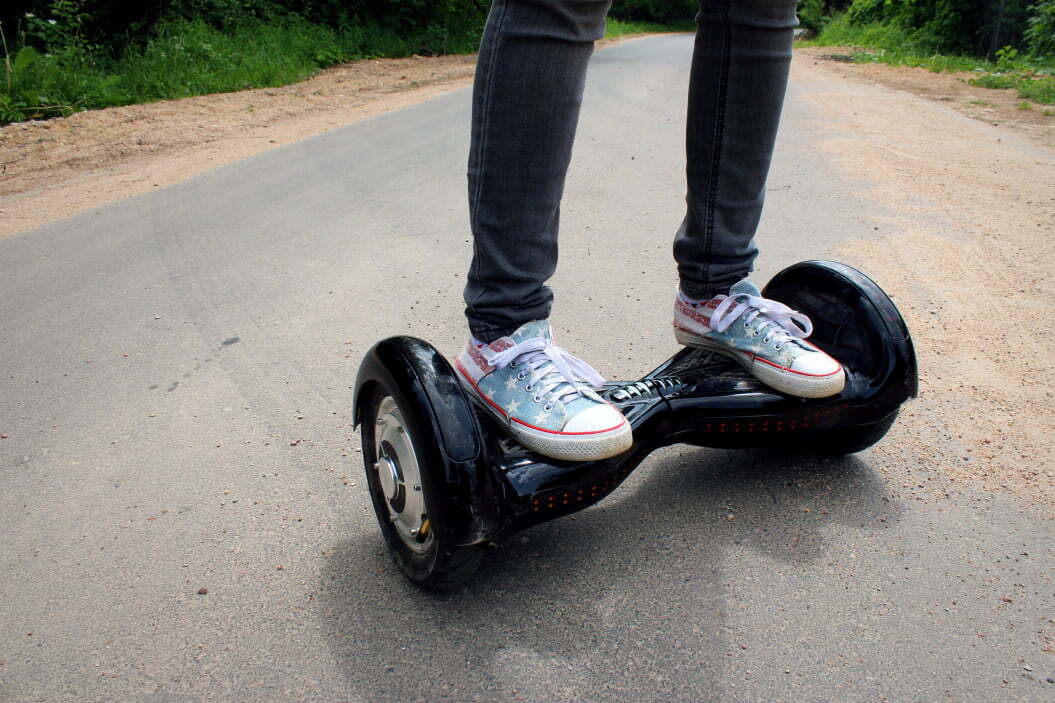
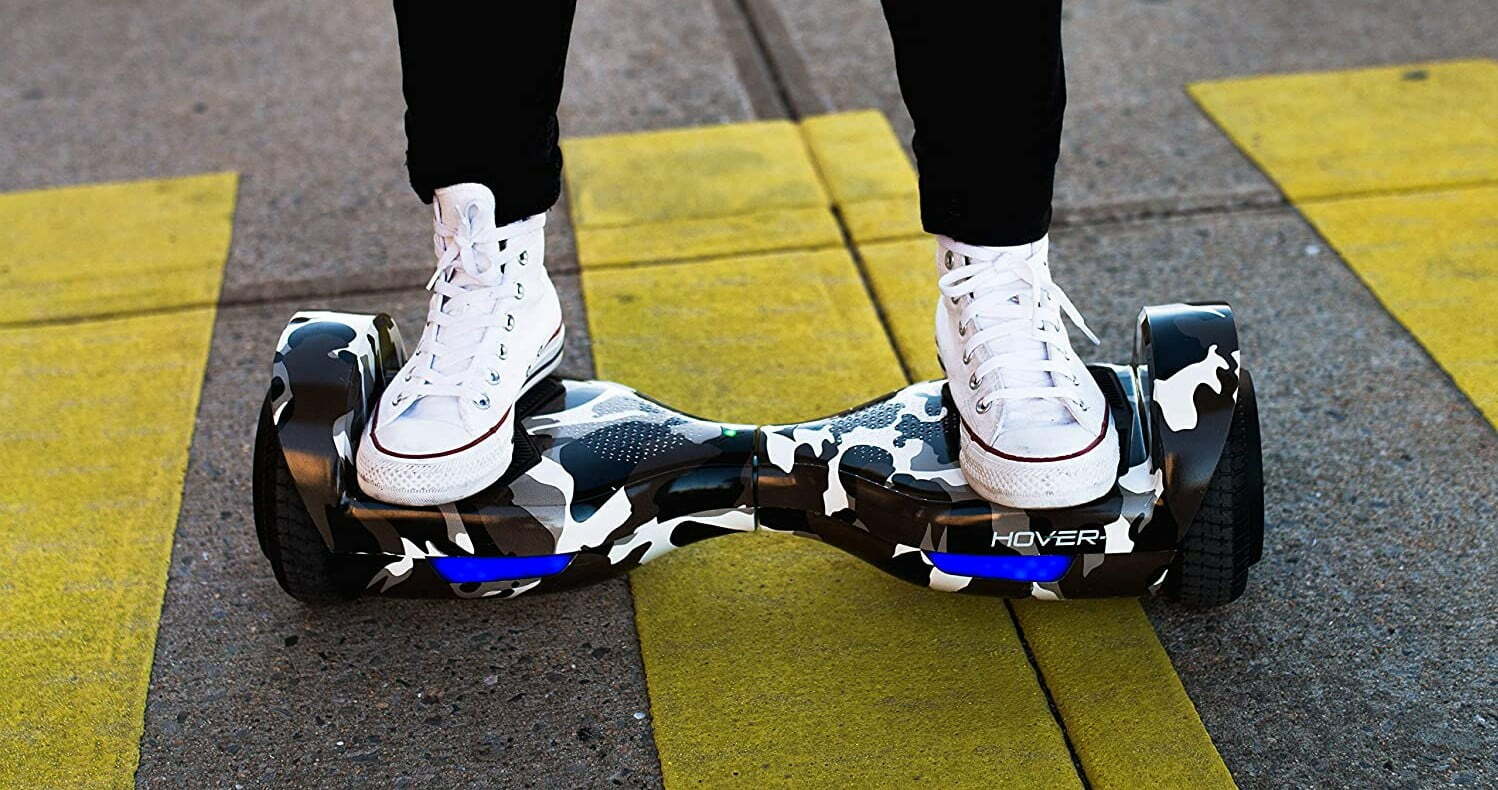
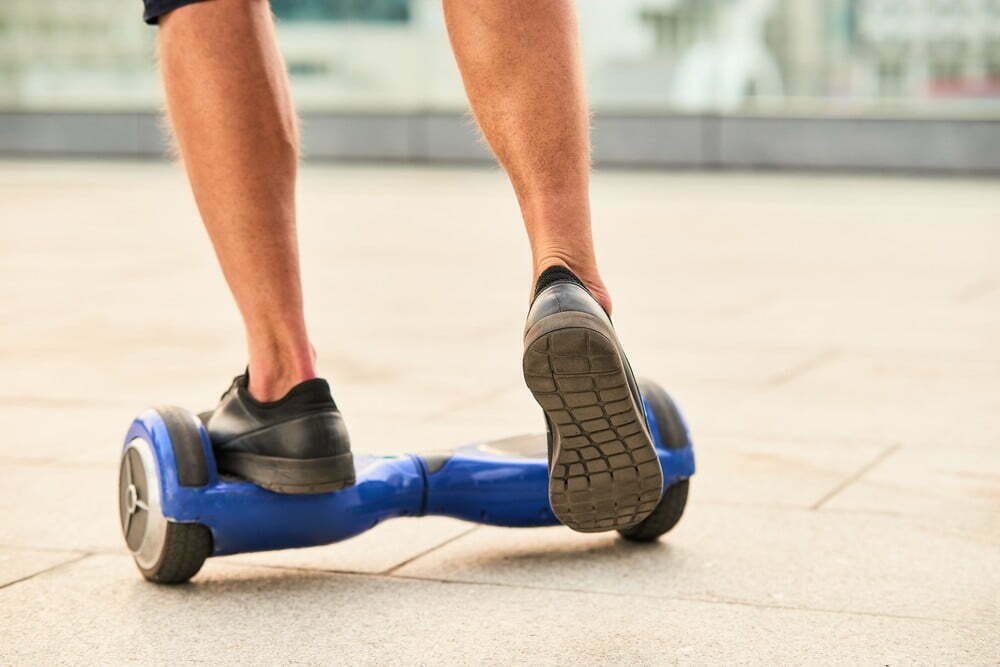
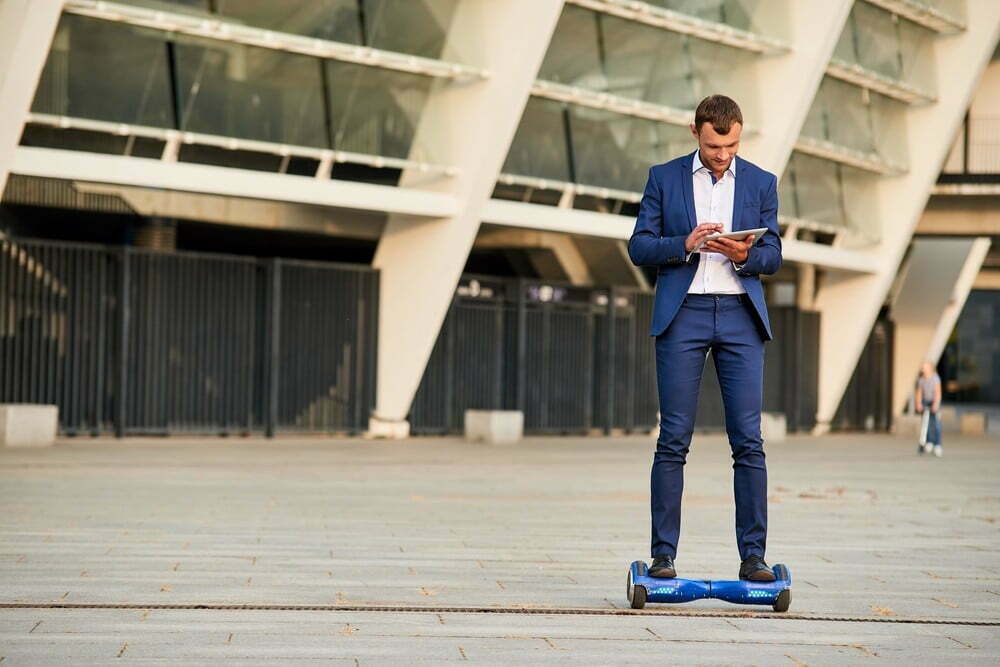
![Best 10 Inch Hoverboards in [year] 27 Best 10 Inch Hoverboards in 2025](https://www.gadgetreview.dev/wp-content/uploads/best-10-inch-hoverboard-image.jpg)
![Best Single Wheel Hoverboards in [year] 28 Best Single Wheel Hoverboards in 2025](https://www.gadgetreview.dev/wp-content/uploads/best-single-wheel-hoverboard-image.jpg)
![Best 8 Inch Hoverboards in [year] 29 Best 8 Inch Hoverboards in 2025](https://www.gadgetreview.dev/wp-content/uploads/best-8-inch-hoverboard-image.jpg)
![Best Hoverboards for Girls in [year] 30 Best Hoverboards for Girls in 2025](https://www.gadgetreview.dev/wp-content/uploads/best-hoverboards-for-girls-image.jpg)
![Best Hoverboards for Adults in [year] 31 Best Hoverboards for Adults in 2025](https://www.gadgetreview.dev/wp-content/uploads/best-hoverboard-for-adults-image.jpg)
![Best Hoverboard Accessories in [year] 32 Best Hoverboard Accessories in 2025](https://www.gadgetreview.dev/wp-content/uploads/best-hoverboard-accessories-image.jpg)
![Best 6.5 Inch Hoverboards in [year] 33 Best 6.5 Inch Hoverboards in 2025](https://www.gadgetreview.dev/wp-content/uploads/best-6.5-inch-hoverboard-image.jpg)
![Best Bluetooth Hoverboards in [year] 34 Best Bluetooth Hoverboards in 2025](https://www.gadgetreview.dev/wp-content/uploads/best-bluetooth-hoverboards-image.jpg)
![Best Knee Pads for Hoverboards in [year] 35 Best Knee Pads for Hoverboards in 2025](https://www.gadgetreview.dev/wp-content/uploads/best-knee-pads-for-hoverboard-image.jpg)
![Best Hoverboard for Beginners in [year] 36 Best Hoverboard for Beginners in 2025](https://www.gadgetreview.dev/wp-content/uploads/best-hoverboards-for-beginners-image.jpg)
![Best Helmets for Hoverboards in [year] 37 Best Helmets for Hoverboards in 2025](https://www.gadgetreview.dev/wp-content/uploads/best-helmet-for-hoverboard-image.jpg)
![Best Hoverboard Carrying Bags in [year] 38 Best Hoverboard Carrying Bags in 2025](https://www.gadgetreview.dev/wp-content/uploads/best-hoverboard-carrying-bag-image.jpg)
![Best Hoverboard Seats in [year] 39 Best Hoverboard Seats in 2025](https://www.gadgetreview.dev/wp-content/uploads/best-hoverboard-seat-image.jpg)
![Best Hoverboard in [year] ([month] Reviews) 40 Best Hoverboard in 2025 (December Reviews)](https://www.gadgetreview.dev/wp-content/uploads/best-hoverboard-image.jpg)
![Fastest Hoverboard in [year] ([month] Reviews) 41 Fastest Hoverboard in 2025 (December Reviews)](https://www.gadgetreview.dev/wp-content/uploads/fastest-hoverboard-epikgo.jpg)
![Best Hoverboard For Kids in [year] ([month] Reviews) 42 Best Hoverboard For Kids in 2025 (December Reviews)](https://www.gadgetreview.dev/wp-content/uploads/Best-Hoverboards-For-Kids.jpg)
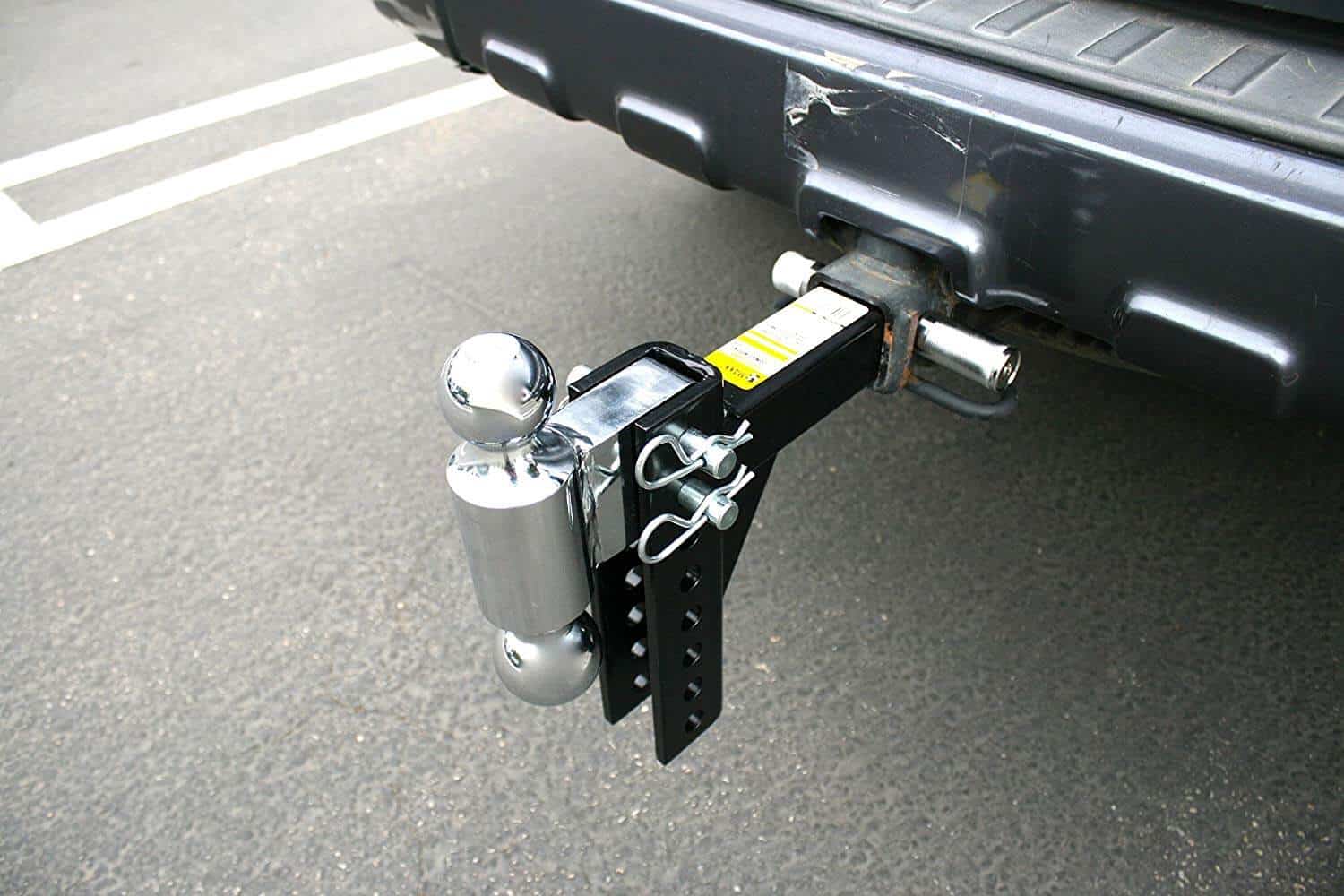
![Best RV Battery in [year] ( [month] Reviews) 44 Best RV Battery in 2025 ( December Reviews)](https://www.gadgetreview.dev/wp-content/uploads/best-rv-battery.jpg)
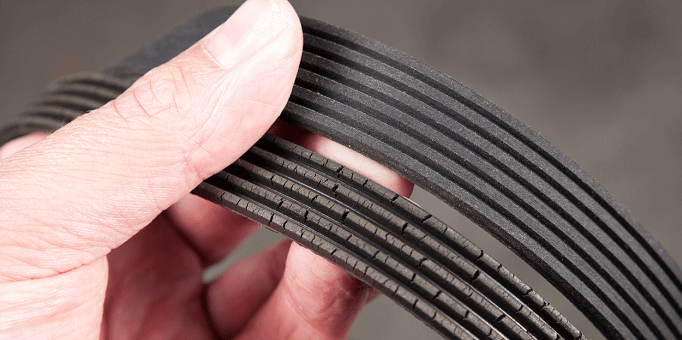
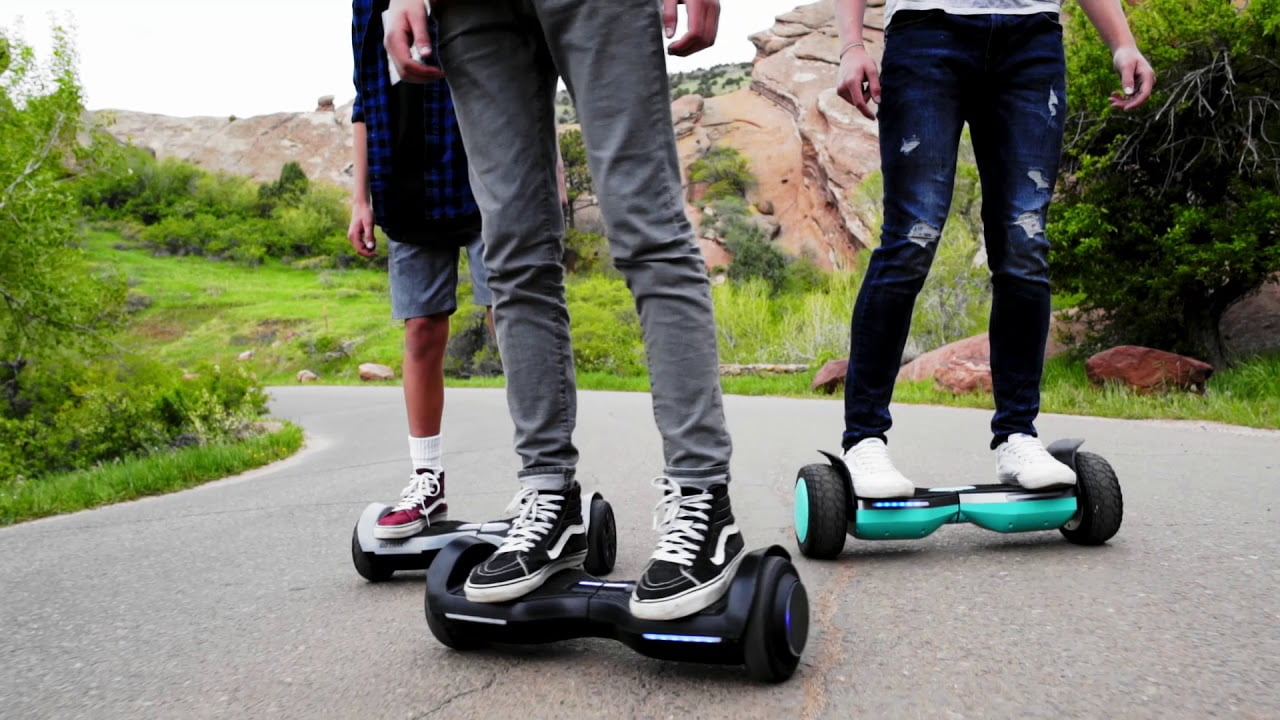
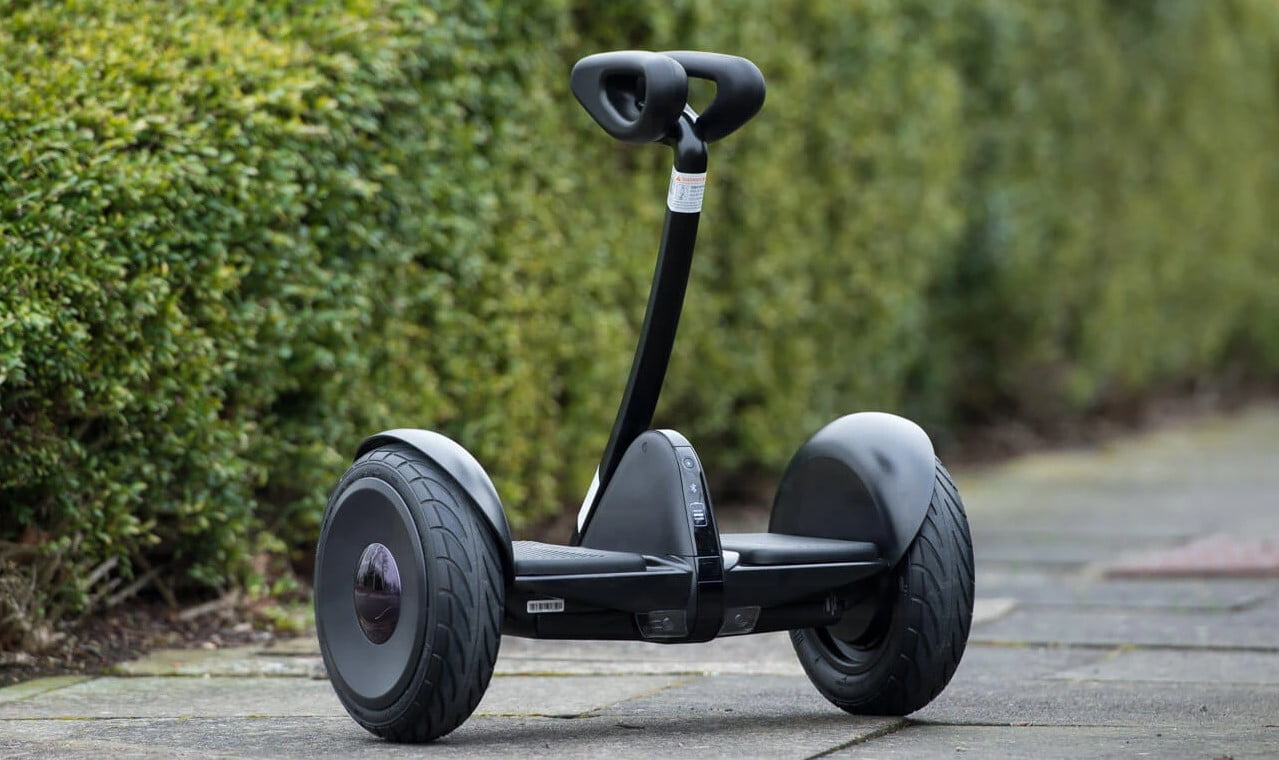
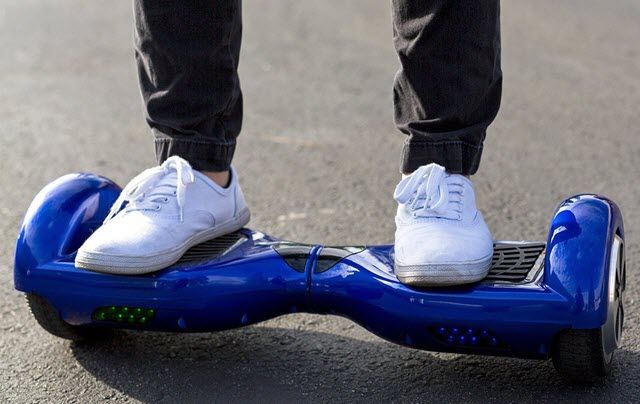
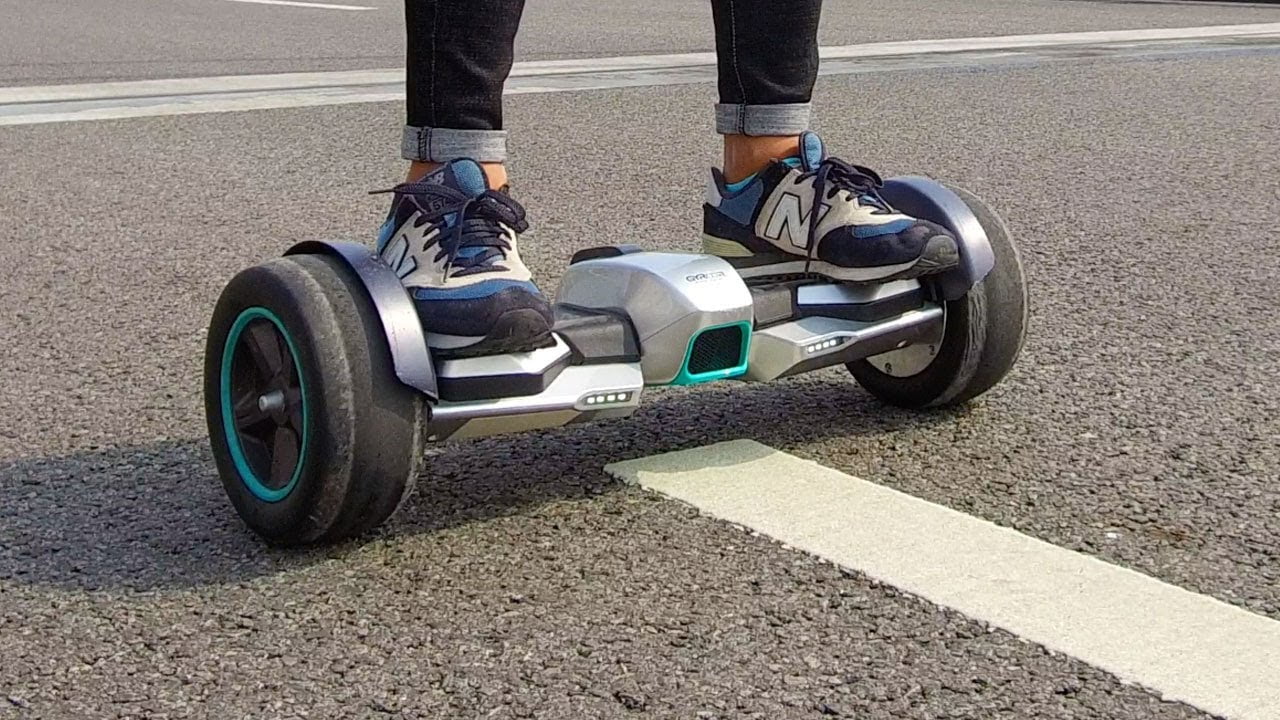
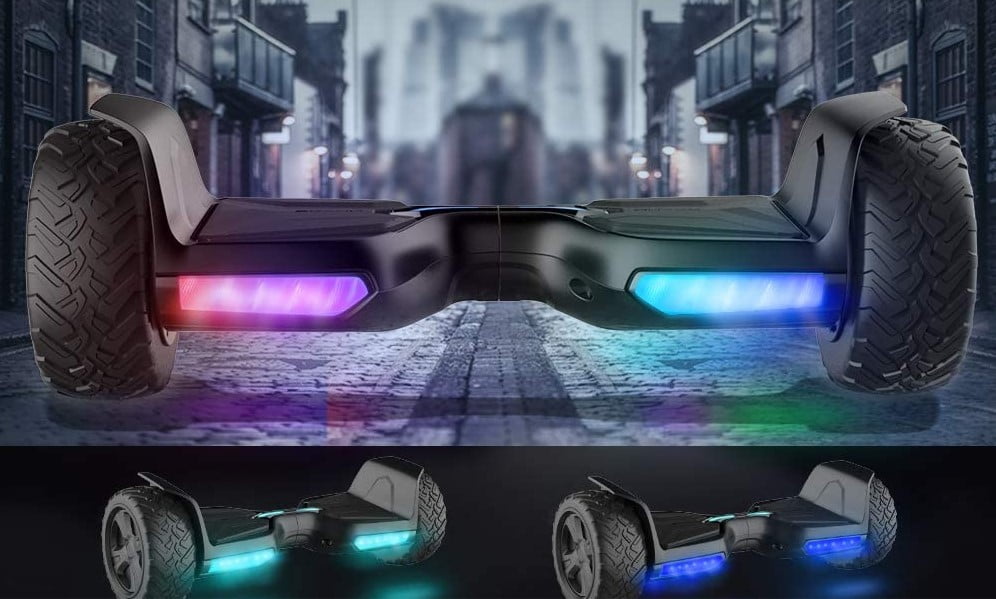
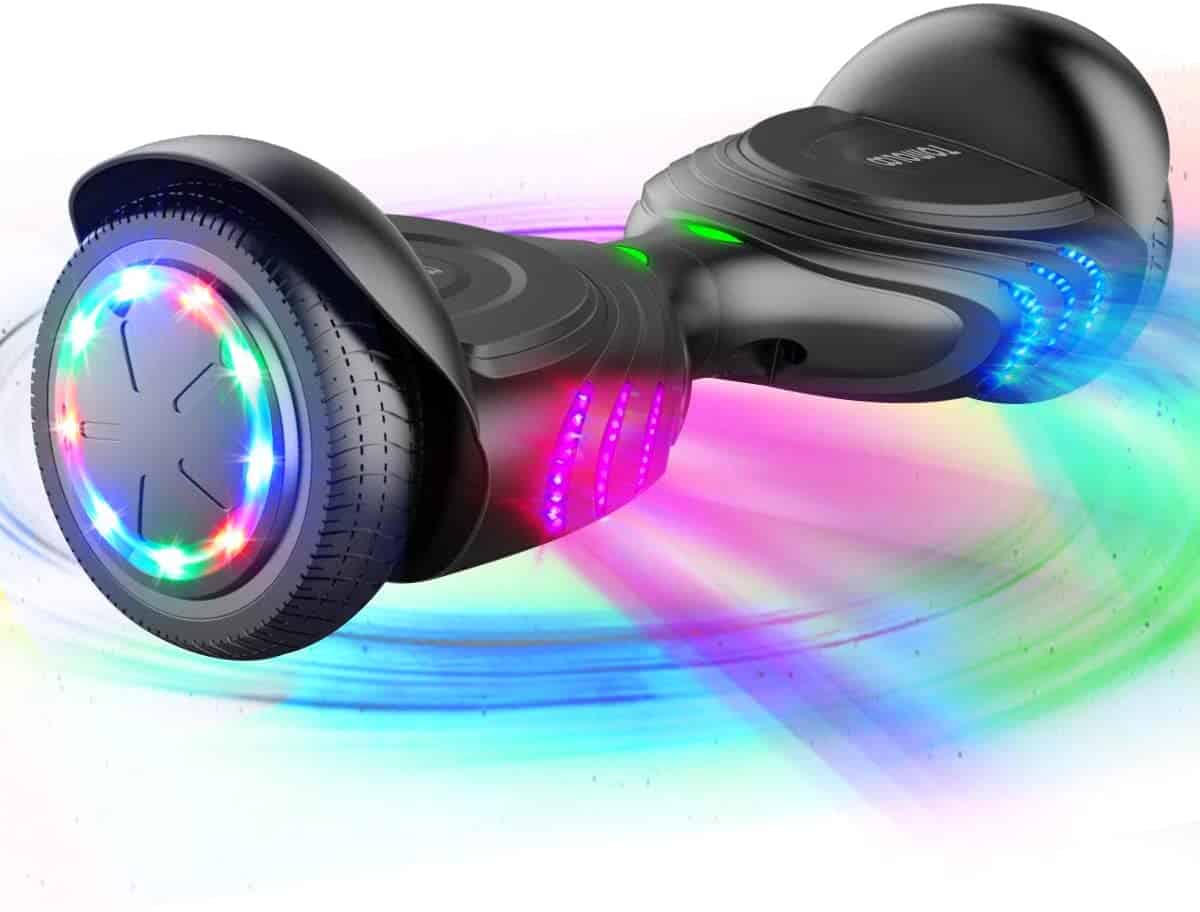
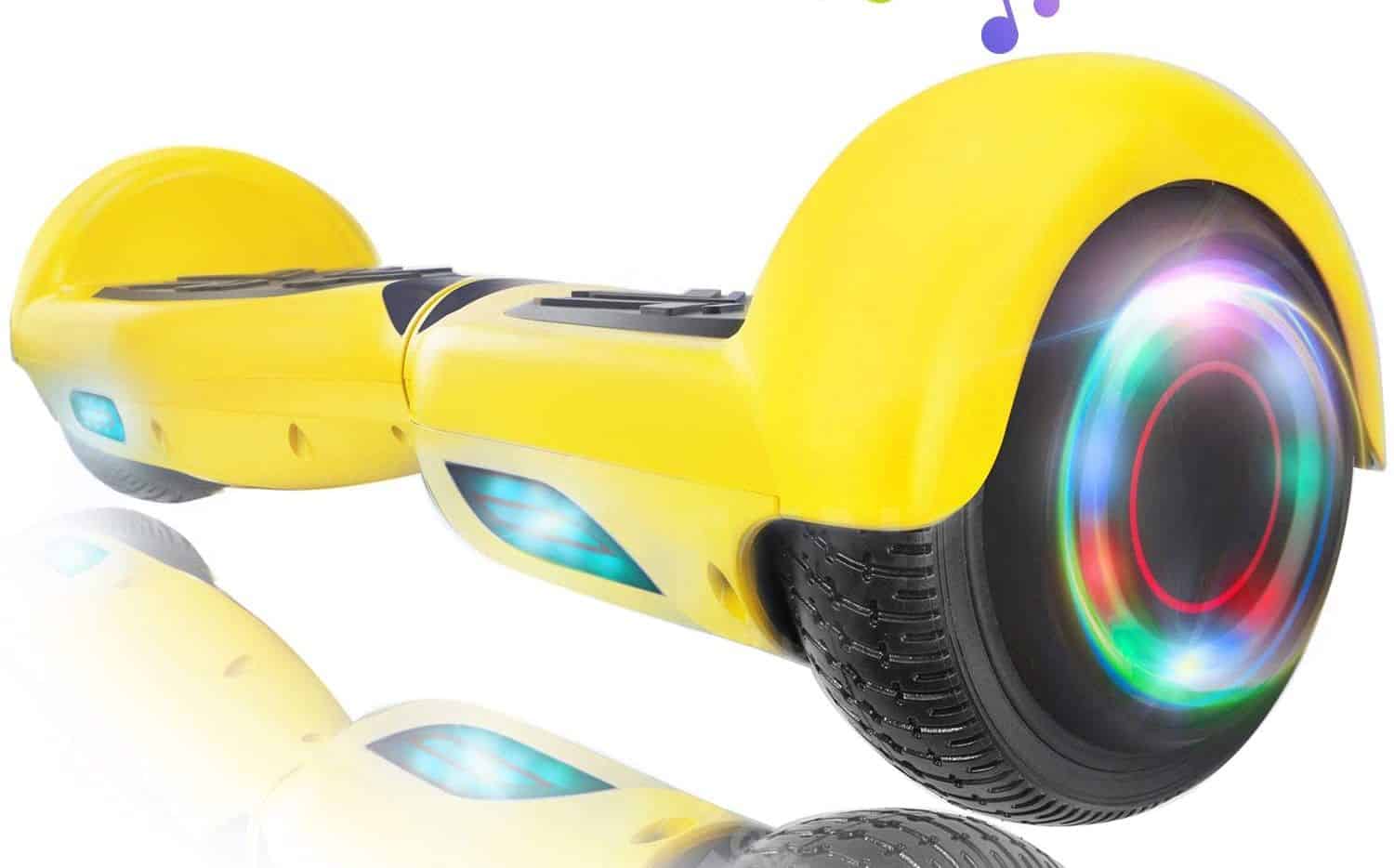
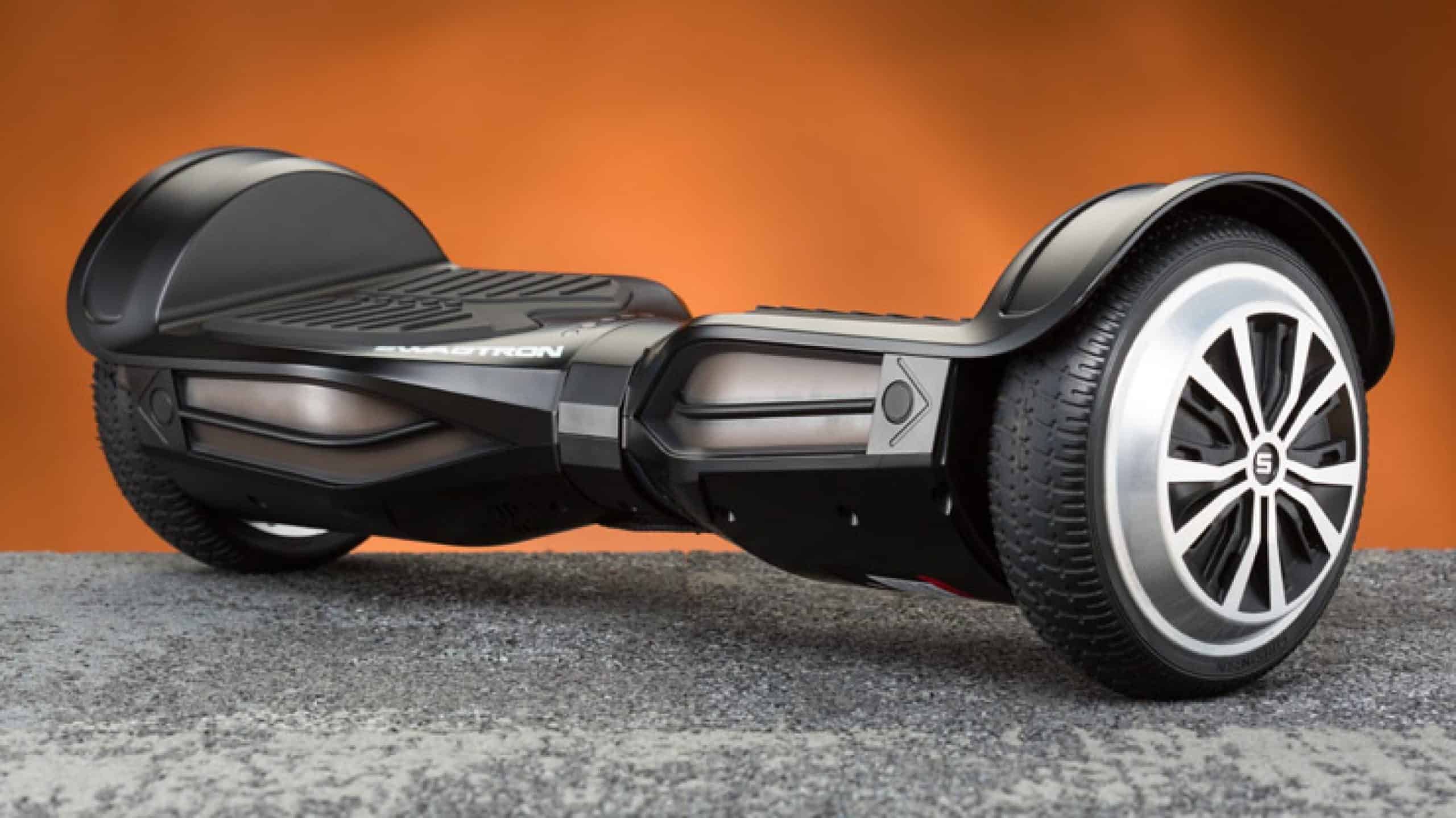
![Razor Hovertrax 2.0 Hoverboard Review in [year] 54 Razor Hovertrax 2.0 Hoverboard Review in 2025](https://www.gadgetreview.dev/wp-content/uploads/Razor-Hovertrax-2.0-Hoverboard-Review.jpg)
